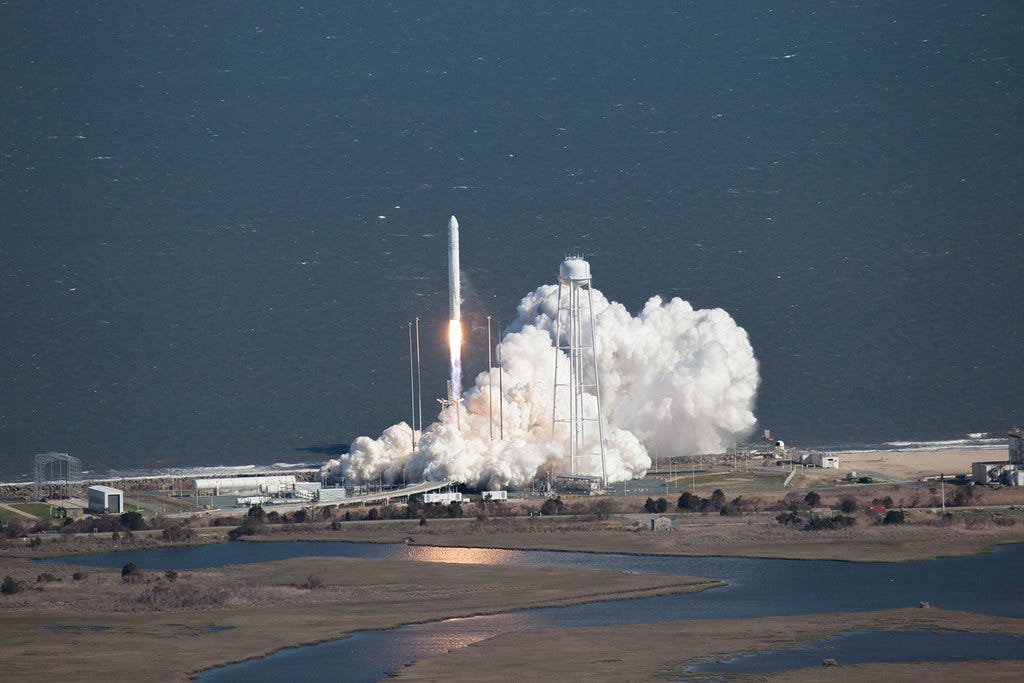The space industry stands at an inflection point. Commercial space companies have fundamentally disrupted launch economics, satellite manufacturing, and space services—challenging the decades-old dominance of traditional aerospace and defense contractors. With SpaceX now valued at $180 billion and commercial launch services projected to grow from $4.28 billion in 2023 to $10.98 billion by 2032, the question is no longer whether commercial players can compete, but whether they can fully replace the established paradigm dominated by Boeing, Lockheed Martin, and Northrop Grumman.
This transformation represents more than technological innovation—it signals a fundamental shift in how space capabilities are developed, financed, and deployed. Traditional aerospace giants built their empires on cost-plus government contracts and decades-long development cycles. Commercial space companies operate with venture capital backing, iterative development, and market-driven efficiency. The Pentagon's recent $5.6 billion National Security Space Launch contract award to SpaceX, Blue Origin, and United Launch Alliance demonstrates how even national security missions increasingly rely on commercial innovation. However, replacing an entire industrial paradigm requires more than just superior technology or lower costs—it demands sustainable business models, proven reliability, and the ability to scale across diverse mission requirements.
Market Dynamics and Investment Landscape
The commercial space sector has experienced dramatic growth in both market size and investment flows, though with notable volatility. According to Fortune Business Insights, the global space launch services market grew from $4.28 billion in 2023 to an estimated $4.91 billion in 2024, with projections reaching $10.98 billion by 2032—representing a compound annual growth rate of approximately 14.6%. Grand View Research provides even more aggressive projections, estimating the market at $14.94 billion in 2023 and forecasting $41.31 billion by 2030.




